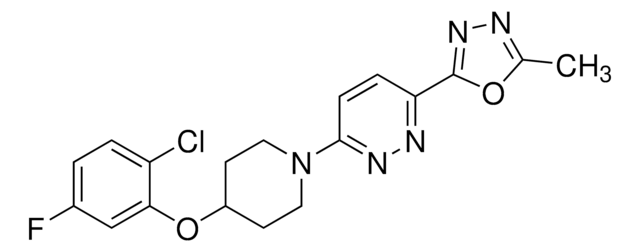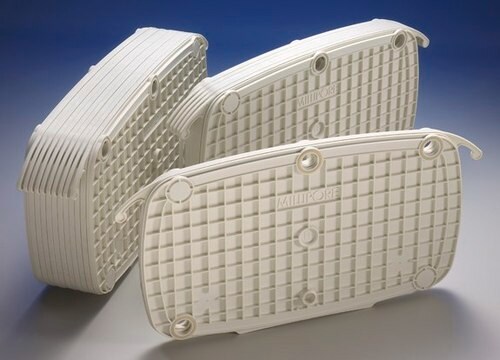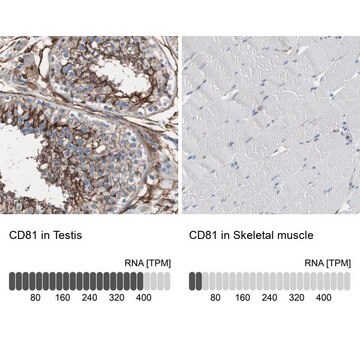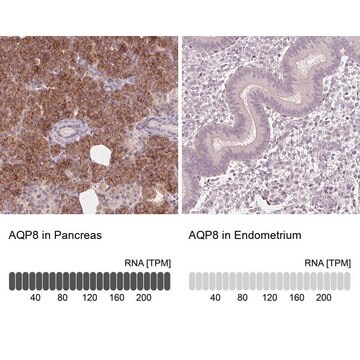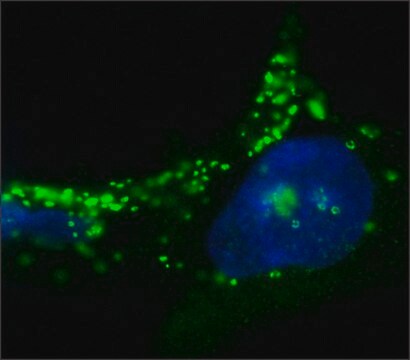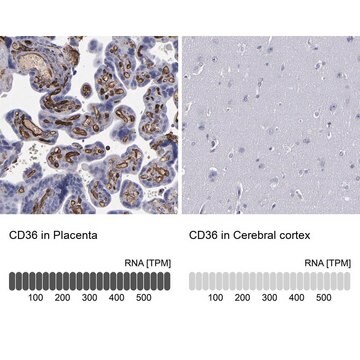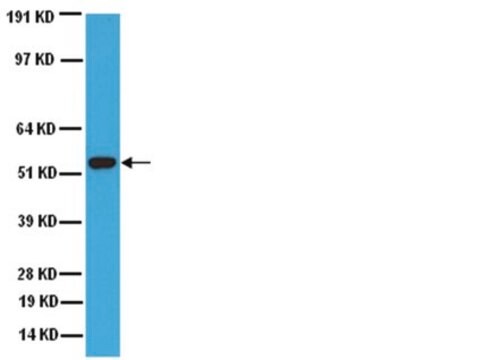MABC959
Anti-CD1d Antibody, clone WTH-1
clone WTH-1, from mouse
Sinónimos:
Antigen-presenting glycoprotein CD1d, CD1d
About This Item
Productos recomendados
origen biológico
mouse
Nivel de calidad
forma del anticuerpo
purified antibody
tipo de anticuerpo
primary antibodies
clon
WTH-1, monoclonal
reactividad de especies
mouse, rat
técnicas
activity assay: suitable
flow cytometry: suitable
immunohistochemistry: suitable
immunoprecipitation (IP): suitable
western blot: suitable
isotipo
IgG2aκ
Nº de acceso NCBI
Nº de acceso UniProt
Condiciones de envío
dry ice
modificación del objetivo postraduccional
unmodified
Información sobre el gen
mouse ... Cd1D(110290701)
rat ... Cd1D(104874051)
Categorías relacionadas
Descripción general
Aplicación
Flow Cytometry Analysis: A representative lot detected the surface expression of CD1d on isolated thymocytes from rats and mice, as well as on Raji transfectants expressing murine or rat CD1d (Monzon-Casanova, E., et al. (2010). PLoS One. 5(9): e13089).
Immunoprecipitation Analysis: A representative lot immunoprecipitated CD1d from isolated mouse and rat thymocytes, as well as exogenously expressed murine and rat CD1d from transfected Raji cells (Monzon-Casanova, E., et al. (2010). PLoS One. 5(9): e13089).
Immunohistochemistry Analysis: A representative lot detected CD1d immunoreactivity using frozen tissue sections from rats and mice (Monzon-Casanova, E., et al. (2010). PLoS One. 5(9): e13089).
Activity Assay: A representative lot inhibited CD1d antigen presentation cells from activating type I NK cells using total splenocytes from rats and mice. Clone WTH-1 also blocked mCD1d1-transduced LBB cells from activating co-cultured VIII24.1 murine type II NKT cells, while WTH-1 enhanced XV19.2 murine type II NKT cell activation by mCD1d1-transduced Raji cells (Monzon-Casanova, E., et al. (2010). PLoS One. 5(9): e13089).
Application Note: Clone WTH-1 (Cat. No. MABC959) and WTH-2 (Cat. No. MABC960) gave inferior IHC staining in mouse than in rat organs, especially in non-lymphatic tissues. In addition, clone WTH-2 produced a much lower signal in mice than mAb WTH-1. To detect low-grade expression, mouse non-lymphatic organs should be stained using a highly sensitive tyramide amplification procedure with inclusion of C57BL/6 CD1d2/2 mouse organs as negative controls (Monzon-Casanova, E., et al. (2010). PLoS One. 5(9): e13089).
Calidad
Flow Cytometry Analysis: 1.0 µg of this antibody detected CD1d in rat thymocytes and splenocytes.
Descripción de destino
Forma física
Otras notas
¿No encuentra el producto adecuado?
Pruebe nuestro Herramienta de selección de productos.
Código de clase de almacenamiento
12 - Non Combustible Liquids
Clase de riesgo para el agua (WGK)
WGK 2
Punto de inflamabilidad (°F)
Not applicable
Punto de inflamabilidad (°C)
Not applicable
Certificados de análisis (COA)
Busque Certificados de análisis (COA) introduciendo el número de lote del producto. Los números de lote se encuentran en la etiqueta del producto después de las palabras «Lot» o «Batch»
¿Ya tiene este producto?
Encuentre la documentación para los productos que ha comprado recientemente en la Biblioteca de documentos.
Nuestro equipo de científicos tiene experiencia en todas las áreas de investigación: Ciencias de la vida, Ciencia de los materiales, Síntesis química, Cromatografía, Analítica y muchas otras.
Póngase en contacto con el Servicio técnico